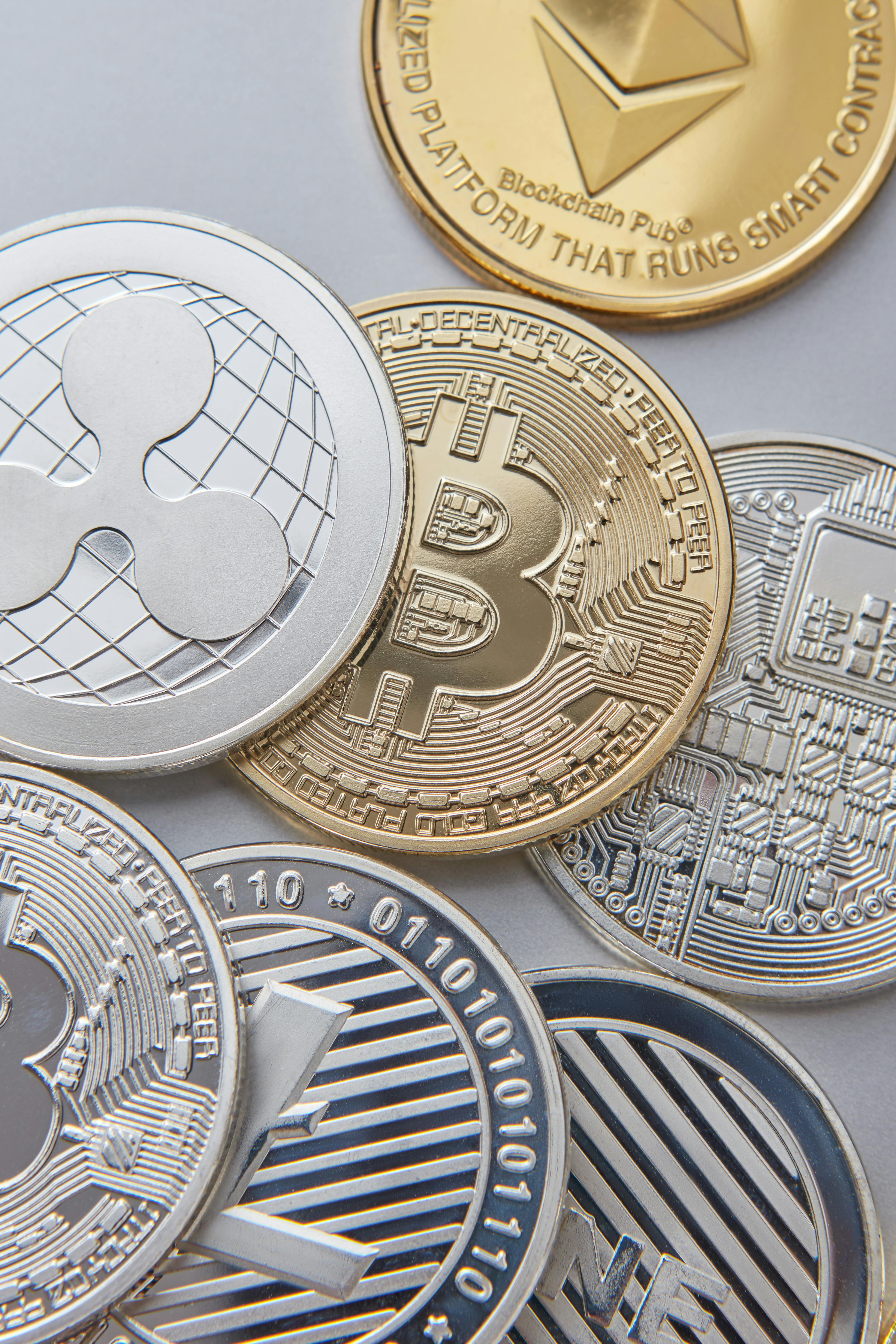
The Bank for International Settlements recently released a report claiming that 94% of central banks are already exploring central bank digital currencies (CBDCs). Similarly, stablecoins have also been receiving a massive welcome from different jurisdictions. These two digital payment technologies have gone from niche topics in crypto circles to primary considerations for global monetary policy and business innovation.
In fact, they’re often painted as being on a collision course, each vying to define the future of money. And in the middle of this tug-of-war between centralised and decentralised finance, blockchain networks like Solana have become increasingly relevant. Their high-speed infrastructure powers some of the most popular stablecoins on the market today, making them a key part of the broader digital payment ecosystem.
Investors and users alike often use the Solana price AUD and other metrics to gauge Solana’s health and the performance of apps and tokens tied to it, including stablecoins. And perhaps surprising, Solana’s stablecoin supply experienced significant growth early this year (2025), increasing by 2.25x between January and February. With both sides gaining momentum, it’s easy to see why the conversation around CBDCs and stablecoins is heating up.
Understanding CBDCs and their adoption trends
A CBDC is simply a digital form of a fiat currency issued and regulated by the respective government. CBDCs have become relevant, especially now that expectations around payments are rapidly changing given the prevailing tech advances. Interestingly, the Atlantic Council reveals that 134 countries, which contribute 98% of the global GDP, are already exploring this technology.
That’s a significant increase from 2020, when the number was only 35. Remember, as much as digital currencies would help address financial inclusion issues, issues like the lack of control would still affect their penetration. While governments are working hard to ensure financial inclusion, they still want to maintain control over their monetary systems.
And that’s where CBDCs come in. Unlike crypto, which is highly decentralised, these digital forms of fiat currencies are directly tied to national monetary policy and are meant to hold a stable value. With cash becoming less viable in this digital age, governments could actually use these tokens to improve access to financial services among unbanked populations.
China, with its Digital Yuan (e-CNY), is among the countries leading the CBDC trend. By mid-2024, it had already onboarded 180 million wallets, or about 12.76% of the country’s population. Other nations like India and Brazil have also joined in this wave, pointing to what might be the new future in finance.
What about stablecoins? And how far have they come?
As you may already know, stablecoins are types of crypto whose value is pegged to a stable asset, like the US dollar. This peg is intended to reduce price volatility and make stablecoins more suitable for transactions and holding value. Studies show that, in 2023, transactions through these tokens surpassed $10 trillion, almost equaling Visa’s network.
While they can, like CBDCs, improve efficiencies in sectors like cross-border payments, they are pretty different. Stablecoins are not issued by governments but are created by private companies. As long as you have a crypto wallet, you can use the coins – you don’t need a bank account or permission. And since they operate on blockchain networks that don’t need intermediaries, stablecoins are way faster and more affordable than traditional money transfers.
The practical benefits of these tokens have helped accelerate crypto adoption across regions like Sub-Saharan Africa and Latin America. According to Chainalysis, these areas led global growth in 2023, with year-over-year adoption rates surpassing 40%. In countries such as Argentina and Nigeria, where inflation and currency instability remain ongoing issues, many people are turning to dollar-pegged currencies like USDT to preserve purchasing power.
Which of the two will win this race?
Indeed, instant payment methods have become a thing. Looking at the statistics from GlobeNewswire, the real-time payment market has already exceeded $21.1 billion and could reach $270.8 billion by 2032. Juniper Research also seems to agree with this prediction, highlighting that the market could expand by 161% by 2028.
These statistics clearly prove that instant payments have become a critical part of today’s world, and providing them can really help advance economies. But you don’t just want to transact with speed – the transaction methods should be safe. Particularly now that cyberattacks are on the rise, using secure payment methods is a non-negotiable. And thankfully, both CBCDs and stablecoins are more secure and faster than traditional models.
But here is the catch: CBDCs, being central bank-issued digital currencies, are generally considered more secure due to central bank oversight and regulation. Stablecoins, while also digital, can be more vulnerable to issues like reserve transparency and potential scams, which may limit their adoption. Also, anchoring financial access to one currency can negatively impact financial autonomy in regions that are vulnerable to external economic shifts.
On the other hand, CBDCs are not decentralised, meaning if a central system fails, everything could come to a standstill. That’s why successful implementation requires solid infrastructure and strong cybersecurity measures. And in regions with low internet penetration and fewer smartphones, adoption could be slow.
Given these challenges, these two tokens might not cancel each other out but could coexist, playing different roles in the financial system. CBDCs could become the digital foundation of domestic economies while stablecoins might flourish in the private sector, facilitating faster global trade and remittances.







